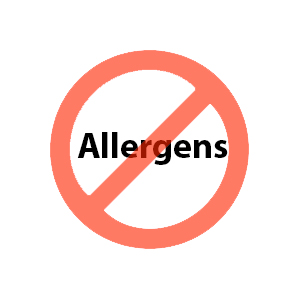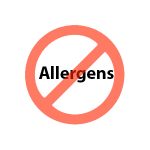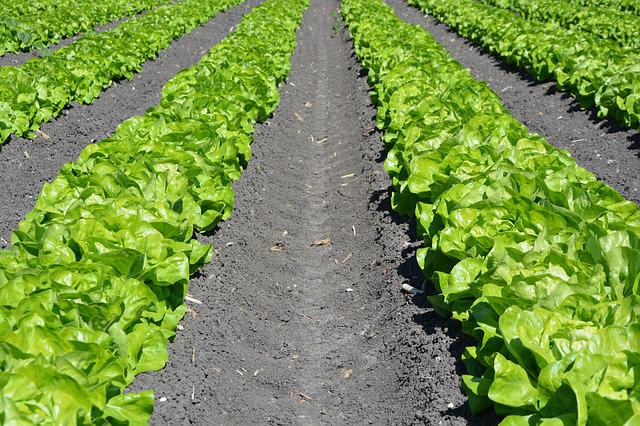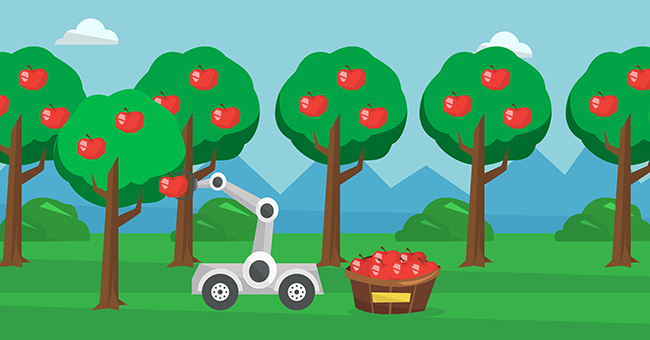As consumers become more health-conscious and environmentally aware, restaurants and food producers must adapt quickly to meet these evolving expectations. That means that restaurants need to work hard to reduce contamination, control pesticide use in high-risk foods, implement rigorous surface sanitation protocols, and adopt sustainable practices to create safer, more responsible dining experiences.
Explore key areas for maintaining safe and eco-conscious food environments while learning actionable tips to add to your daily routine as a food safety or restaurant professional. You can create safer, greener practices to benefit your customers and the environment by addressing these areas.
Identifying and Managing Pesticide Risks in High-Exposure Foods
Certain foods are more susceptible to exposure to herbicides and pesticides1 due to their growth patterns and susceptibility to pests. Fruits and vegetables like strawberries, spinach, apples, and peppers often rank high on lists of produce with significant pesticide residues. These foods have thin skins or are consumed whole, making it easier for pesticides to remain on the surface or penetrate the edible parts. Leafy greens and berries also frequently carry higher levels of pesticides due to their delicate structures, which are difficult to clean thoroughly.
To manage these risks effectively, implement rigorous contamination control measures:
- Washing: Wash produce with cold water to remove surface residues. A scrub brush for sturdier produce like apples or cucumbers can help dislodge stubborn residues. For softer items like berries, rinsing under running water is often effective. Additionally, consider using a vegetable wash specifically designed to remove pesticides and wax coatings. These washes are typically made with natural ingredients and can be applied directly to the surface of produce before rinsing, providing an extra layer of cleaning for high-risk items.
- Peeling: Removing the outer layers of fruits and vegetables, such as apples, carrots, or cucumbers, can eliminate a significant amount of pesticide exposure, though it may also reduce some nutritional content. Doing this also doesn’t guarantee the removal of all pesticide exposure.2
- Soaking: Submerging produce in a water-vinegar solution (one part vinegar to four parts water) can help reduce pesticide residues more effectively than water alone. Salt water solutions can also effectively reduce the amount of pesticides on produce.3
- Opting for organic: When possible, prioritize organic versions of high-risk foods. Organic produce is grown without synthetic pesticides, reducing exposure to harmful residues. While organic options may come at a higher cost, they are particularly worth considering for items like berries, leafy greens, and other foods frequently consumed raw, where pesticide residues are harder to eliminate.
Food safety professionals should stay informed on updated pesticide regulations. Monitor updates from regulatory bodies such as the Environmental Protection Agency (EPA) and the Food and Drug Administration (FDA). These organizations regularly update tolerances for pesticide residues in food, and new standards or restrictions can significantly impact purchasing and preparation practices.
Ensuring Hygiene with Food-Contact Surface Wipes
Maintaining hygiene and keeping your food-contact surfaces clean helps prevent cross-contamination. Bacteria, viruses, and allergens can linger on cutting boards, countertops, and utensils, creating a risk of contamination if not properly sanitized. Regular cleaning and disinfection of these surfaces protect both consumers and food service operations from potential health hazards.
Food-contact surface wipes4 are an effective and convenient solution to maintain hygiene across food preparation areas. These wipes are designed to safely sanitize surfaces without leaving harmful residues, meeting food industry standards for safety and efficacy. Their pre-saturated formula eliminates the need for mixing cleaning solutions, ensuring consistent application and reducing the risk of improper dilution. They are also quick-drying, making them ideal for high-traffic kitchens where time and efficiency are critical. Incorporate these wipes into daily cleaning schedules and routines to remind professionals to sanitize food-contact surfaces before and after food preparation to maintain consistent hygiene.
To optimize the use of food-contact-safe wipes, begin by removing visible debris or food particles from surfaces before sanitizing to ensure the wipes’ cleaning agents work effectively. Pay special attention to high-touch areas such as cutting boards, prep tables, handles, and storage containers, as these are hotspots for cross-contamination. Always adhere to the manufacturer’s guidelines regarding contact time to allow the sanitizing agents to fully eliminate bacteria and viruses.
Incorporating Sustainable Practices in Food Service
Sustainable practices in restaurants play a pivotal role in reducing waste and conserving resources, making the food industry more environmentally responsible. Fortunately, sustainable practices are becoming more widespread in restaurants, with 47% of restaurants tracking food waste and 22% donating leftover food.5
By adopting eco-friendly strategies, restaurants and food service businesses can minimize their environmental impact while meeting consumer demand for greener dining options. These efforts benefit the planet, improve operational efficiency, and appeal to eco-conscious customers.
To reduce waste, restaurants can implement strategies such as composting food scraps, donating surplus food to local charities, and improving inventory management to avoid spoilage. Encouraging the use of reusable or biodegradable packaging materials further minimizes waste, addressing one of the largest contributors to landfill pollution in the food industry. Implementing portion control and offering flexible menu options can reduce food waste by aligning servings more closely with customer demand.
Energy-efficient operations are another key component of sustainability. Investing in energy-saving appliances, such as Energy Star-certified refrigerators and ovens, can significantly reduce utility bills while lowering the carbon footprint. Simple measures like switching to LED lighting, maintaining HVAC systems regularly, and using programmable thermostats can also make operations more energy-efficient.
Water conservation is equally important. Consider installing low-flow faucets, recycling gray water where permitted, and training staff on efficient water usage to help reduce consumption.
Also, staff should be educated on sustainable practices so that they can consistently apply these efforts. Hosting regular training sessions and establishing clear sustainability goals encourage employees to embrace eco-friendly habits.
Implementing these practices enhances environmental responsibility and caters to the growing demand for sustainable practices in restaurants. Diners are increasingly seeking establishments that prioritize sustainability, and adopting these initiatives can improve brand loyalty and market competitiveness. Diners may even be willing to pay more to eat at a restaurant focusing on sustainability.6
Conclusion
Food safety is more of a commitment for modern restaurants than a checklist. Tackling pesticide exposure, keeping food surfaces spotless, and embracing sustainability are more than best practices; they’re how responsible businesses protect public health and the planet. By carefully managing pesticide use and focusing on high-risk foods, restaurants can dramatically reduce contamination risks.
Also, keep in mind that sustainability isn’t a buzzword. Restaurants that reduce waste, conserve energy, and make environmentally conscious choices save resources and respond to a growing consumer demand for responsible dining. When food service professionals invest in safety and sustainability, they build trust, demonstrate integrity, and show that great food can also mean great responsibility.
The future of dining is clean, safe, and green. And it starts with the choices we make today.



















